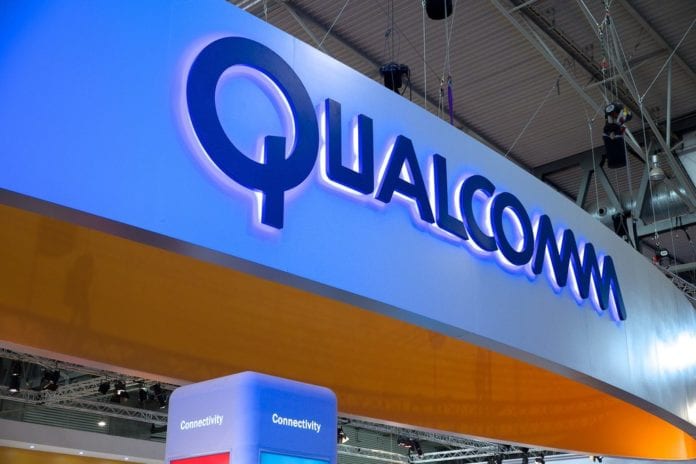Qualcomm, NXP continue to pursue acquisition despite China’s initial rejection
Qualcomm and NXP Semiconductors bought more time to complete the combination of their companies by withdrawing and refiling their notice of acquisition in China. They did so at the request of the Ministry of Commerce in China (MOFCOM), after China’s regulatory agency rejected the companies’ bid. U.S. and EU agencies have approved the deal.
If all the regulatory approvals are not in place by the deadline of July 25th, Qualcomm River Holdings B.V., Qualcomm’s holding company, will pay NXP a termination fee. Qualcomm has an agreement with NXP since October 2016 to acquire the Netherlands-based semiconductor company.
Qualcomm wants to acquire NXP to gain access to its Internet of Things and automotive portfolio. As part of the massive consolidation in the semiconductor industry during the last few years, NXP acquired Freescale Semiconductor in December 2015, doubling its automotive revenue by 40%.
“NXP will provide significant strategic benefits to Qualcomm including increased revenue diversification, substantial expansion of serviceable addressable markets (SAM) and greater scale in higher growth industry segments of Auto and IoT,” Qualcomm’s board wrote in a letter to investors in February, as a reason to reject Broadcom’s bid for the company.
Qualcomm’s Snapdragon chip will be in 5G trials being conducted this year. The Snapdragon X50 5G modem will used in over-the-air mobile 5G NR trials with multiple global wireless network operators in both the sub-6 GHz and millimeter wave spectrum bands. Qualcomm says that AT&T, British Telecom, China Telecom, China Mobile, China Unicom, Deutsche Telekom, KDDI, KT Corporation, LG Uplus, NTT DOCOMO, Orange, Singtel, SK Telecom, Sprint, Telstra, TIM, Verizon and Vodafone Group will conduct the trials based on the 3GPP Release 15 5G NR standard.
Qualcomm is also in cost cutting mode, aimed at reducing $1 billion in operating costs. As part of that, the company is reported to be layoff off approximately 1,500 employees. The company has 33,800 people worldwide.

